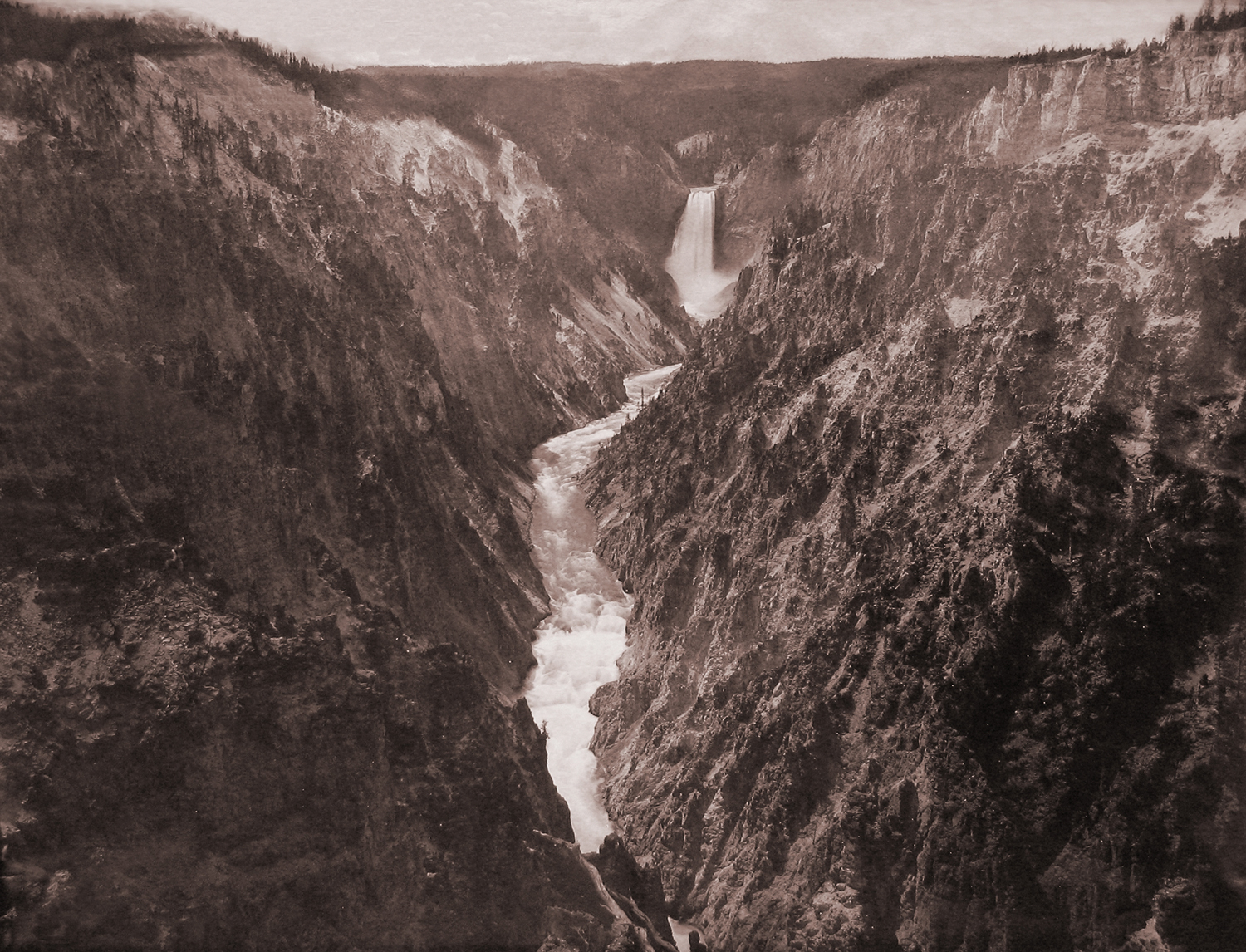
Taft Museum of Art

Picturing the West: Masterworks of 19th-Century Landscape Photography
Forty-one photographs, many of them large-scale, capture the American fascination with the Western frontier. Discover natural wonders, such as sweeping canyons and plunging waterfalls, along with manmade marvels like railways and mining structures.
As American expansion into the Western frontier exploded during the second half of the nineteenth-century, so did the development of photography. The public craved images of America’s untamed territory, and intrepid photographers showed them what the rugged land looked like.
The photographs in Picturing the West can be viewed simultaneously as documentary, art, and promotion. While photographers presented America’s natural splendor in a way that was accepted as scientific and factual, they also constructed a vision of the West as a land ripe for development, exploitation, tourism and, in some cases, preservation. Several of the photographs recorded major features of America’s first national parks—the exhibition, in fact, commemorates the 100th anniversary of the National Park Service.
The photographs are exceptional in size: most are “mammoth plates,” which were unusually large for the era. All represent the work of noteworthy photographers of the period, including Eadweard Muybridge, William Henry Jackson, and Carleton E. Watkins. Picturing the West provides a unique opportunity to compare and contrast different photographic approaches to capturing the sublime in the American landscape.
